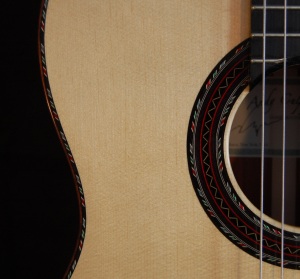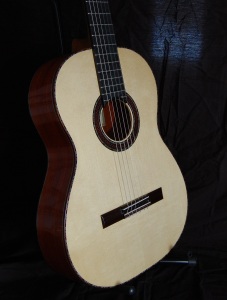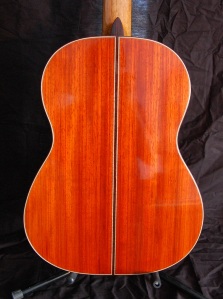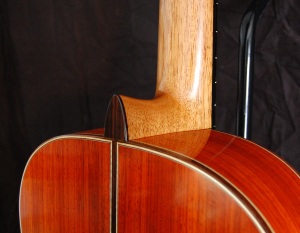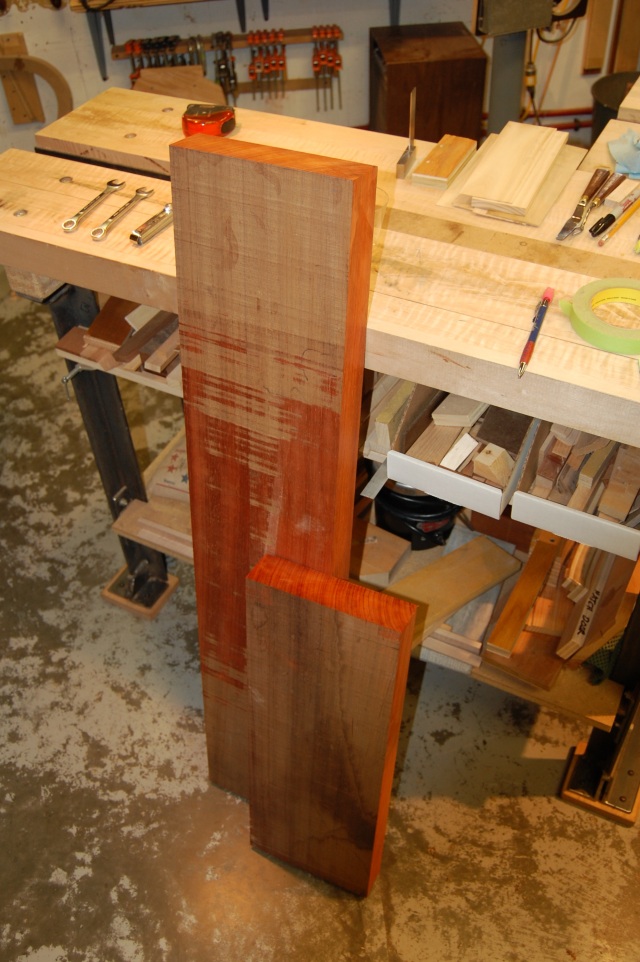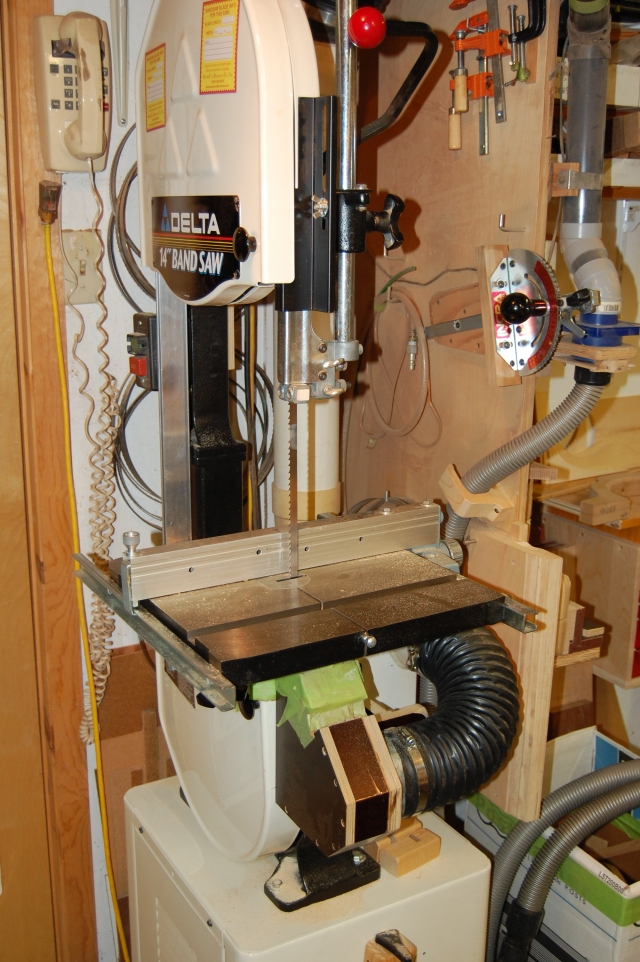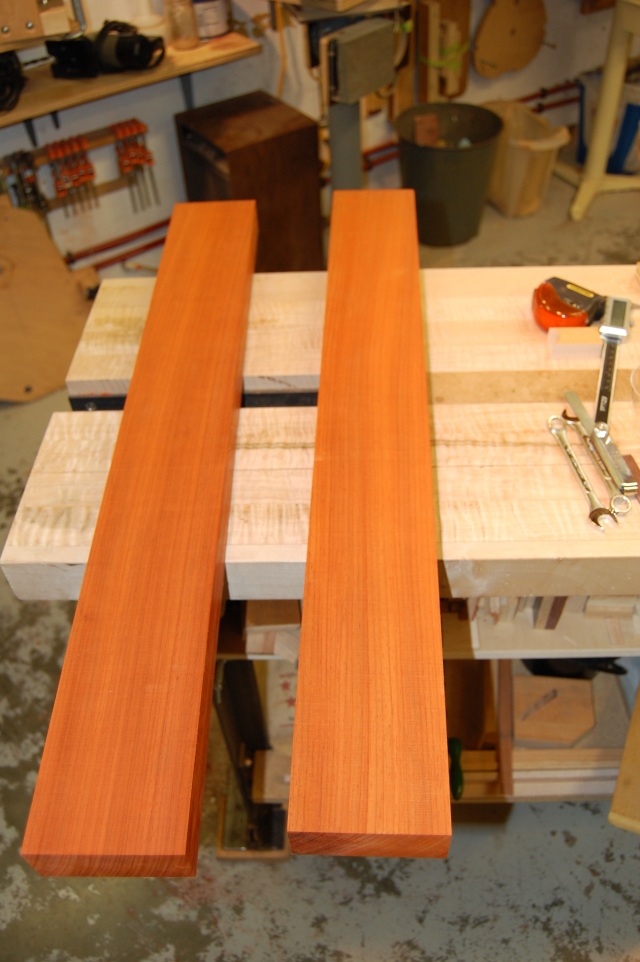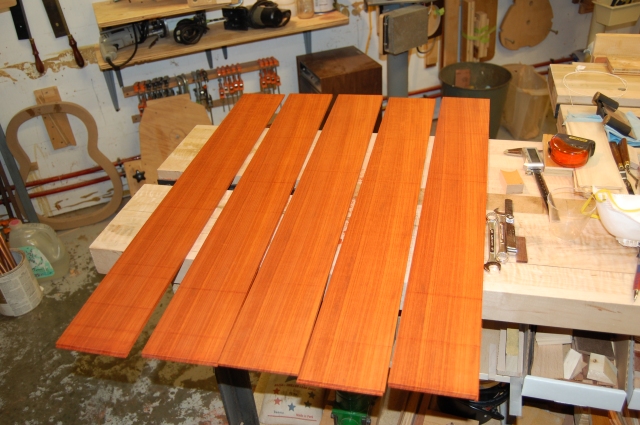Here’s a little video of the 7 string strung up without finish. I capoed the low string at the nut position; lame, I know. I had a hard enough time just wrapping my mind around playing seven strings, let along trying to navigate two extra frets. I will leave that to the professionals, like the very talented musician who ordered this guitar!
I love the sound of the low string. It made me think that the droning, arabic-sounding (to my ears) effect would be great on a flamenco guitar. Maybe one of those will be in my future.
I came up with a little arrangement of one of my favorite folk tunes, a song that partly inspired me to pick up the guitar when I was about 16.
And while we’re at it with the videos, here’s one of my latest flamenco:














